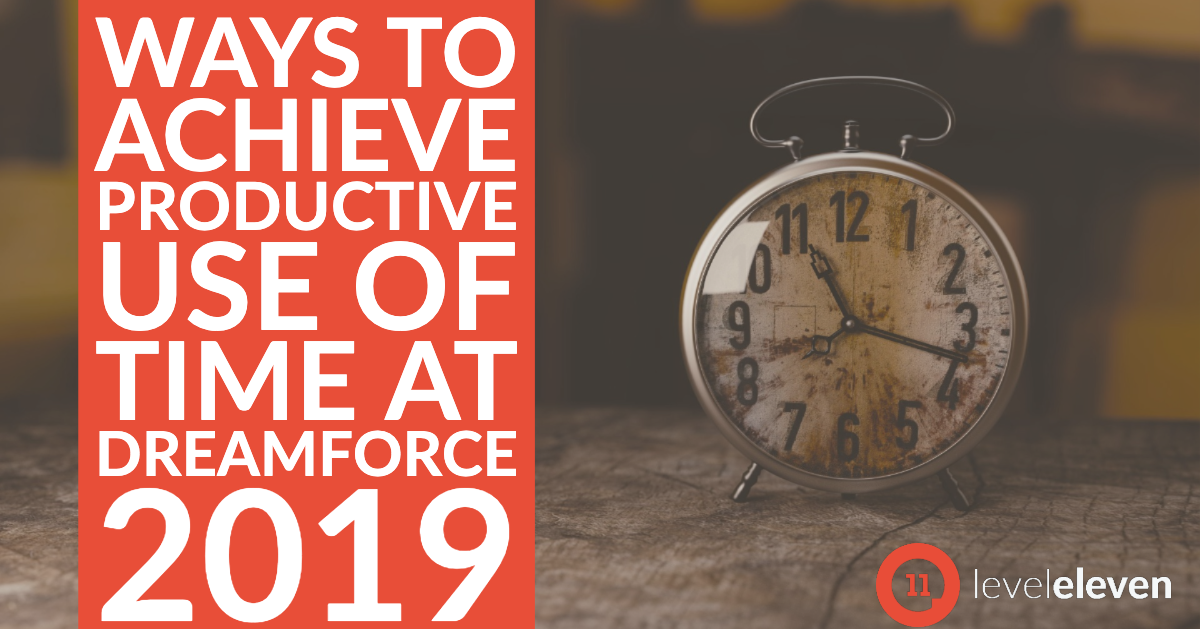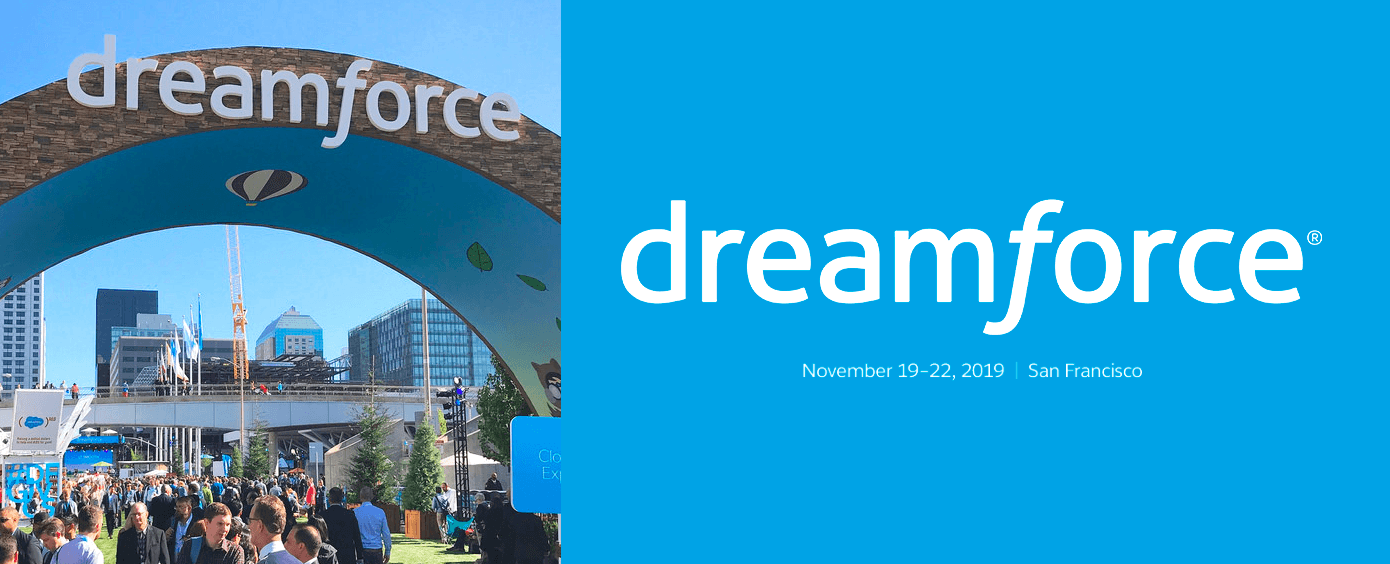Dreamforce offers a unique opportunity for personal and professional growth because of the large number of people from a variety of backgrounds in attendance. On top of that, there are thousands of sessions offering the latest trends and data for each vertical in the Salesforce ecosystem. Although we obviously couldn’t attend every session or speak to every person, we’ve put together a list of the top 5 trends and topics we think you will find most important from Dreamforce 2019.
- Artificial Intelligence
- Interconnection and Integration
- Customer Engagement
- Security and Data Privacy
- Giving Back
Salesforce Einstein is an artificial intelligence (AI) technology that has been developed for the Salesforce Customer Success Platform. Einstein is permeating all offerings from Salesforce and is available for Salesforce ISV partners as well. We saw Einstein in action over and over again during the week, bringing it to the forefront of everyone’s minds and giving us great ideas on how to execute better for our own companies. The goal of Salesforce Einstein is to provide comprehensive and up-to-date views of customers and prospects. One of the most noticeable uses of Einstein is voice activation. We saw this helpful and friendly little guy answering questions and serving up insights in quite a few places during Dreamforce.
This can be useful for a variety of reasons. According to Salesforce, Einstein gives every employee instant access to smart insights within Salesforce records and apps by enhancing them with AI-powered analytics. This aspect of Salesforce is here to stay and we expect to see it dominate the ecosystem in 2020.
There are over 3,000 apps on the Salesforce AppExchange and this year there was a lot of talk of integration between them and other software systems that companies rely upon every day. Some examples of integration include utilizing SalesLoft to send personalized messages to your Salesforce database or using both Sales Cloud and Google Analytics 360 to bring sales pipeline data from Sales Cloud directly into Google Analytics. Then there are the more complex integrations with supply chain, finance, and other mission-critical systems now possible with Salesforce.
LevelEleven participated in the integration trend with our friends at Geopointe using the Performance Scorecard. Geopointe’s Performance Scorecard is a performance management add-on to Geopointe’s leading location intelligence platform. It allows teams to empower leaders with a manager scorecard that provides a live view into team performance and keeps reps engaged with a personal scorecard to better understand how their daily behaviors are impacting results.
Now, more than ever, it is important to engage your customers and prospects before, during, and after the sales cycle. This trend affects businesses in a multitude of ways, one of which is the use of customer data to personalize materials and messages. This helps your customers relate better to your solution as they see messages tailored to them whether it be their position, industry, or company size.
Another aspect of the customer engagement trend is the increased ability to streamline processes such as implementation. Using customer data to tailor your implementation process to each unique organization is the future. It allows you to streamline services, tailor messages, and make the customer experience better in general to help get and keep customers.
For instance, in an early sales cycle, the direction is to “Insight Selling”. By having access to all of the info about the prospect and offering solutions that are relevant and help solve the prospect’s problems – as opposed to pitching my own goods – I become a trusted advisor whose engagement is valued.
As we move into 2020, security concerns have become more pressing than ever. As technologies such as the ones mentioned above give access to more data, consumers and organizations alike are concerned with their data privacy. Laws such as GDPR and the California Privacy Act back this up as marketers are leaning away from the days of mass emails and towards more personalized messaging to those whom they have permission to contact.
Another aspect of security concerns has to do with installing new apps via the Salesforce AppExchange. More than ever, companies are requiring lengthy and detailed security reviews before purchasing new technologies. This will affect most organizations as they continue selling in 2020. It is nice to know that native Salesforce apps that are built on the Salesforce Platform reduce the risk – and the complexity of the security review.
As always, Dreamforce had a special focus on giving back throughout the event. This manifested in a variety of ways, including inspiring keynotes, exhibitors pledging 1%, people joining forces to understand and support the United Nations 17 Sustainable Development Goals, as well as sessions detailing how you can continue giving back after the event.
One session that ran a few times was all about using your Salesforce skills to help nonprofits. Salesforce skills are super valuable to nonprofits because they don’t always have the expertise needed to make the most of Salesforce technology. Participants were able to meet leaders and pro bono heroes who’ve volunteered their expertise to help nonprofits do more good with the platform and get tips and tricks for doing your first Salesforce pro bono project.
There you have it, the 5 top trends at Dreamforce 2019. We know that we’ll be bringing all of these principles and ideas into 2020 with us. What trends did you see at Dreamforce 2019?



